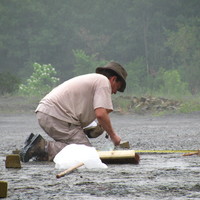
Rachel Mata
Related Authors
Gwen Robbins Schug
University of North Carolina at Greensboro
Jesper Hoffmeyer
University of Copenhagen
Muhammad Ajmal Shah
Government College University Faisalabad
Richard Cloutier
Université du Québec à Rimouski
Katie Hinde
Arizona State University
Professor Dr. Loutfy H . Madkour
Al-Baha University, Kingdom of Saudi Arabia
Lauro del Rivero
Universidad Nacional Autónoma de México
Salman Ahmed
University of Karachi
Y.C. Tripathi
FOREST RESEARCH INSTITUTE, DEHRADUN
prisca a.
STIFI BHakti Pertiwi










Uploads
Papers by Rachel Mata